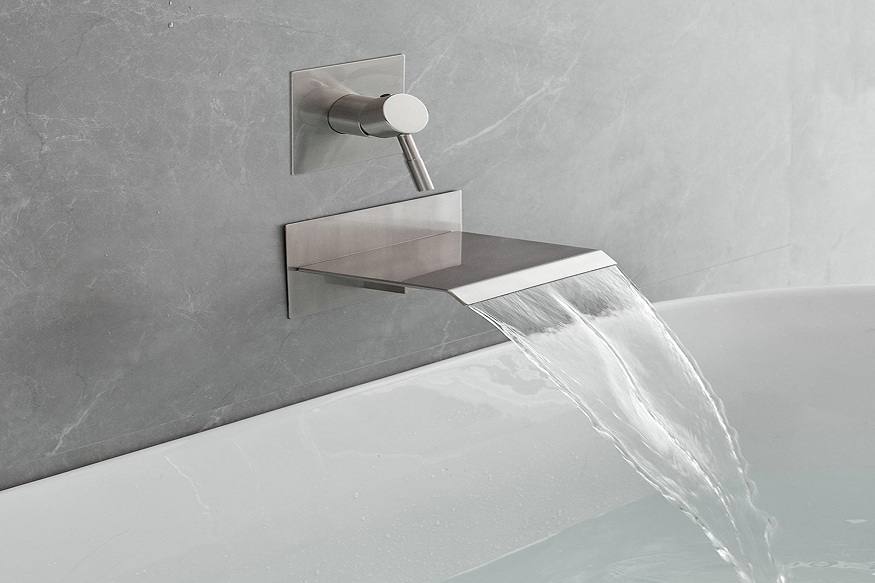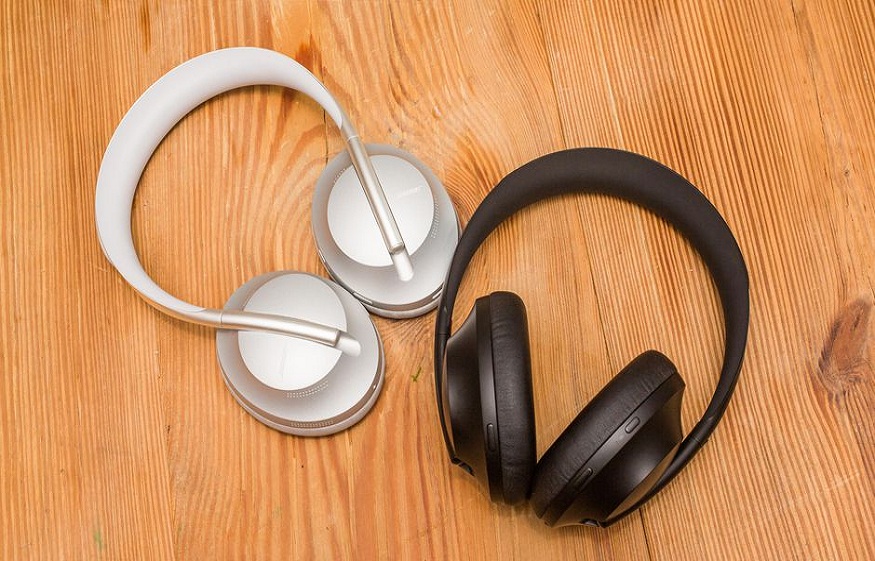How to Match Your Bathtub Faucet with the Rest of Your Bathroom Fixtures

Designing a cohesive and visually pleasing bathroom involves attention to detail, and one of the most important elements is how well your fixtures complement each other. Among these fixtures, the bathtub faucet often stands out as a key feature that can elevate the overall aesthetic of the room. Whether you are renovating an older space or designing a new bathroom from scratch, learning how to match your bathtub faucet with other fixtures can make a world of difference in achieving harmony and balance. The right combination enhances style, improves functionality, and reflects your personal taste, creating a space that feels both elegant and comfortable.
Understanding the Role of Your Bathtub Faucet in Bathroom Design
A bathtub faucet is more than a practical fixture; it is a design statement that influences the look and feel of your bathroom. The style, finish, and placement of your faucet can either blend seamlessly with other elements or stand out as a centerpiece that captures attention. To achieve visual harmony, it is important to think of the bathtub faucet in relation to the sink faucet, shower fixtures, and even smaller hardware like towel bars and handles.
Modern bathroom designs often favor a unified theme where each fixture contributes to an overall mood—whether it’s minimalist, industrial, traditional, or contemporary. A sleek chrome bathtub faucet can complement a modern bathroom, while an antique brass fixture might be perfect for a classic or vintage-inspired space. The key lies in choosing a design direction first, then selecting fixtures that naturally align with that vision.
Functionality also plays a major role. Your bathtub faucet should not only look good but also perform well. Features such as water pressure control, temperature regulation, and installation type (wall-mounted, freestanding, or deck-mounted) influence how the faucet integrates into your bathroom’s layout. Ensuring that all fixtures share similar performance characteristics helps maintain a consistent user experience while contributing to the overall design.
Coordinating Styles and Finishes for a Cohesive Look
When it comes to matching a bathtub faucet with other bathroom fixtures, consistency in style and finish is essential. The most common finishes—chrome, brushed nickel, matte black, oil-rubbed bronze, and brass—each create a distinct atmosphere. Selecting one finish for all fixtures establishes a cohesive look and eliminates visual clutter.
For instance, chrome is a timeless choice known for its bright, reflective quality that works well in modern or transitional bathrooms. Brushed nickel, with its softer sheen, adds warmth and subtle elegance. Matte black offers bold contrast and pairs beautifully with contemporary or minimalist spaces, while brass and gold finishes bring a touch of luxury and vintage charm.
However, a cohesive look does not always mean every fixture must be identical. Some homeowners successfully mix finishes for a more dynamic appearance. The trick is to ensure that the tones complement rather than compete with one another. Pairing brushed nickel with matte black, or combining brass accents with warm-toned fixtures, can add depth and visual interest.
The style of the faucet also plays a key role. A traditional clawfoot bathtub faucet looks out of place in a bathroom filled with sleek, angular fixtures, just as a minimalist faucet would clash in a vintage-inspired room. Self-awareness about your design theme helps in narrowing down choices that naturally align with the rest of the space.
Proportion and scale matter as well. A large freestanding tub filler may overwhelm a small bathroom, while a petite wall-mounted faucet might feel undersized next to a spacious soaking tub. Maintaining balance between the size of the bathtub faucet and other fixtures ensures that each element complements rather than overshadows the others.
Blending Functionality with Aesthetic Appeal
While style and finish create visual unity, functionality ties everything together from a practical standpoint. Your bathtub faucet should work in tandem with the other plumbing fixtures to create a smooth and reliable bathing experience. This means choosing fixtures from the same manufacturer or product line can sometimes simplify compatibility in water flow, pressure, and temperature control.
Installation type is another factor that influences how well your fixtures coordinate. Freestanding bathtub faucets are ideal for standalone tubs, providing a dramatic and luxurious look. Wall-mounted or deck-mounted faucets, on the other hand, suit more compact layouts and offer cleaner lines. Choosing a type that complements your tub and overall design ensures both functionality and aesthetic consistency.
Matching your bathtub faucet with other fixtures also involves considering ergonomic details. The height and angle of spouts, handle designs, and control mechanisms should feel consistent throughout the space. This subtle alignment enhances usability and reinforces the visual connection between fixtures.
Lighting can further enhance the appearance of your faucet finishes. For example, warm lighting complements brass or bronze tones, while cooler lighting highlights the reflective qualities of chrome or nickel. Thoughtful illumination brings out the beauty of each fixture and highlights their design coherence.
Incorporating accessories that echo the faucet’s finish—such as mirror frames, drawer pulls, and showerheads—helps tie the design together. These smaller details create a sense of continuity that makes the bathroom feel thoughtfully curated rather than randomly assembled.
Creating a Timeless Bathroom Through Thoughtful Coordination
Matching your bathtub faucet with the rest of your bathroom fixtures is about more than color and style—it’s about creating a harmonious space where every element works together effortlessly. By choosing fixtures that share design cues, materials, and finishes, you create visual flow and a sense of order that enhances comfort and elegance.
Investing in high-quality fixtures ensures that your bathroom remains beautiful and functional for years to come. Over time, materials that resist corrosion and maintain their finish will continue to look polished and refined, preserving the integrity of your design. For those renovating or designing from scratch, selecting timeless styles and durable finishes prevents the space from feeling outdated too quickly.
Ultimately, the goal is to achieve balance. The bathtub faucet should neither dominate the space nor fade into obscurity—it should enhance the overall character of the room. Whether you prefer a contemporary spa-like environment or a classic retreat, careful coordination between your bathtub faucet and other fixtures transforms your bathroom into a cohesive, stylish, and inviting sanctuary.
Through thoughtful selection and attention to detail, you can create a design that feels intentional and harmonious, where every faucet, handle, and fitting contributes to the beauty and function of the space. The bathtub faucet, as both a visual focal point and a practical feature, plays a defining role in this balance—uniting the entire room into a seamless expression of your personal style.









